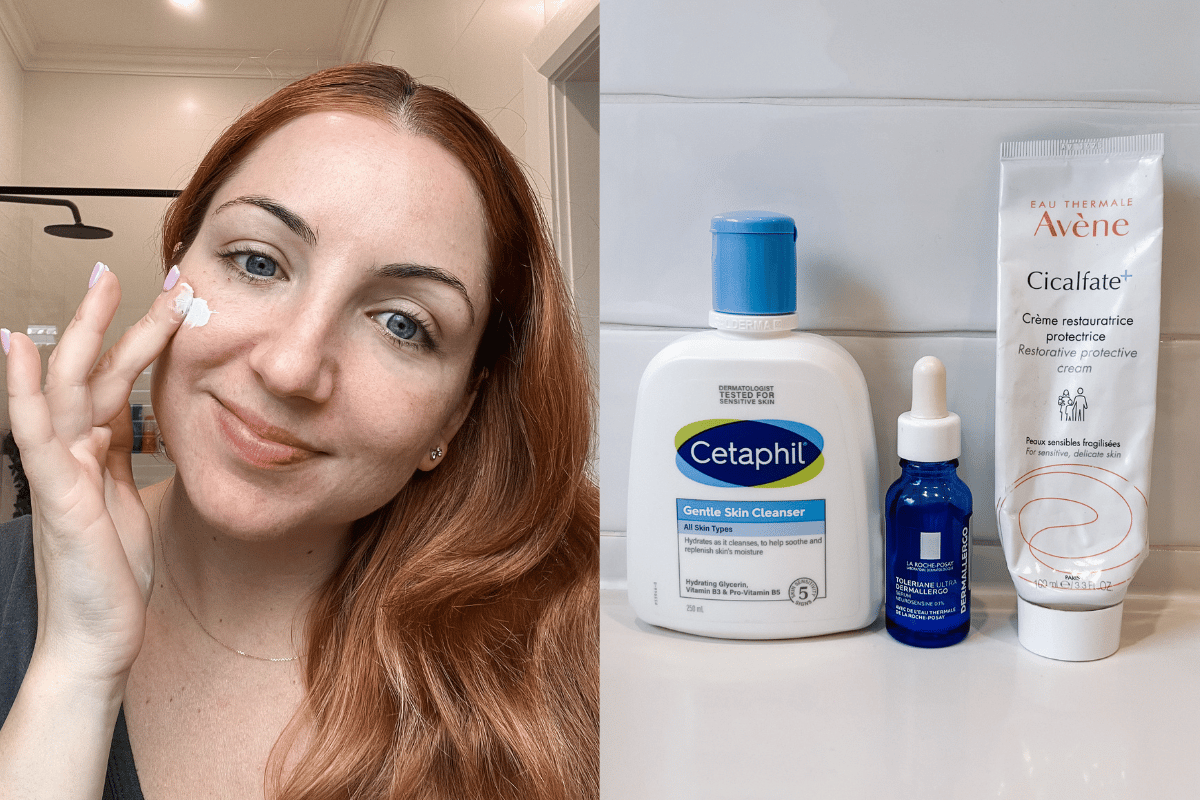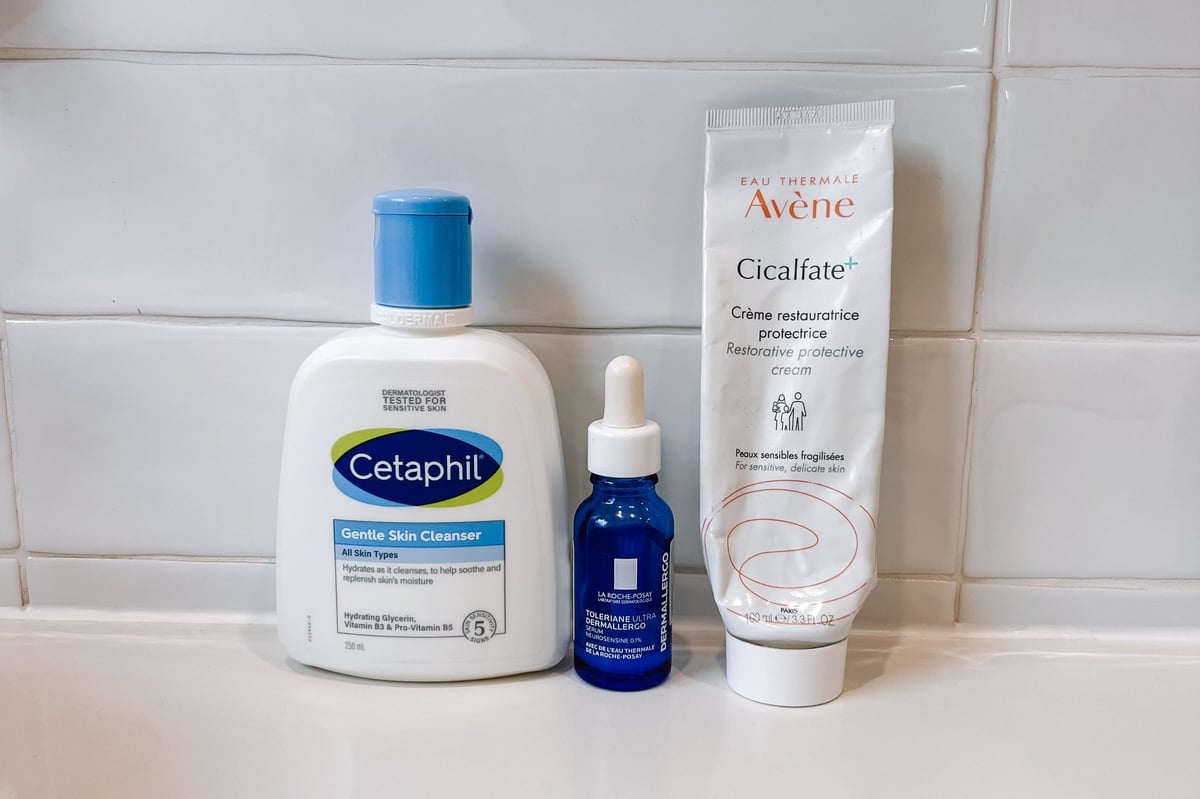
I got a call from a distressed girlfriend the other night, asking for help with her skin.
As the founder of a skincare brand, this isn't an uncommon occurrence. However, most of the questions I usually get are about skin reactions or people who want to start a skincare routine or looking for the odd product recommendation.
But my girlfriend sounded upset and completely overwhelmed.
"I have all the products," she said, "Everything that I've seen people recommend who have amazing skin, and I've been using them all correctly, I'm sure, for months. But my skin just looks worse!"
Watch: Speaking of skin... Mamamia's beauty contributor Teresa McNamara shares her thoughts on the popular Westman Atelier Vital Skincare Complexion Drops. Post continues below.
With the beauty explosion on social media, it's hard not to get swept up in a million different skincare routines, hacks or best and worst product recommendations we see daily.
Even I find myself clicking 'add to cart' most weeks when I get swept away in a video on the newest 'stem cell infused skin tint' or 'drone technology serum' — and more skincare is the last thing I need.
However, for the DIY'ers who have been absorbing all this content and building their skincare routines based on other people's recommendations, which sometimes end up amounting to 12 to 15 different products, it can be an absolute minefield for your budget and your skin.
